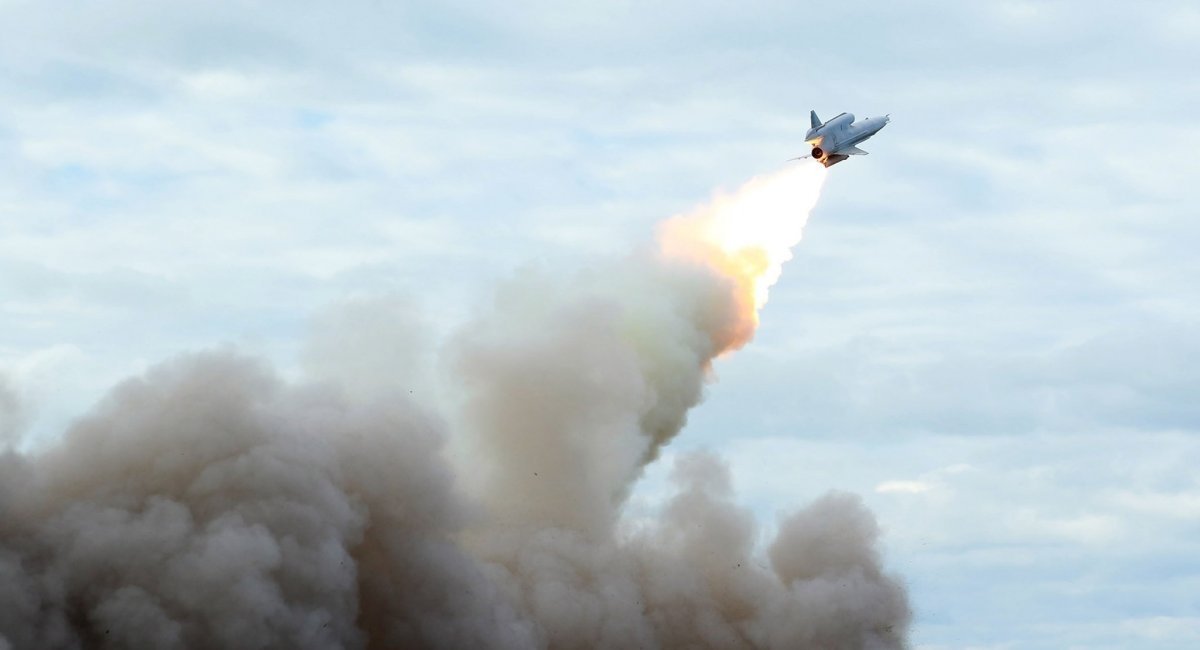Summarizing the results of 2022, one cannot help but note an epoch-making breakthrough in the state information policy aimed at countering Russian propaganda. While before the full-scale invasion, Ukraine almost always acted reactively, repelling the enemy’s infiltration and responding, often unsuccessfully, to the enemy’s information and psychological special operations, after February 24, we gradually went on the offensive, and now it is Ukraine that holds the lead in this dimension of the war.
Not without problems, of course. However, the trend is already evident even to non-specialists. After the victory, I hope we will learn about some of the heroes of the information front. Because they deserve to be honored no less than those who liberated Ukrainian cities on the battlefield.
Not met with flowers
Russia’s full-scale invasion was planned based on an attempt to use a strategy known as “Shock and Awe.” In the Russian interpretation, it is part of the so-called “Gerasimov Doctrine.” Its essence lies in the simultaneous and excessive use of all available forces and means against the enemy in order to demonstrate “irresistible power” and persuade them to change their minds. That resistance is pointless. In practical terms, this meant massive missile strikes across the entire area of Ukraine, the west and the rapid advance of enemy armored columns simultaneously from many directions, avoiding heavy and prolonged clashes in order to capture as much territory as possible in as little time as possible. Leaving pockets of resistance in the rear.
These military actions were accompanied by a powerful information campaign. This includes mass texting of the military about the futility of resistance, launching fake messages about the state leadership fleeing the country, creating chaos by spreading information about the actions of numerous subversive groups in the rear, including in Kyiv, and a campaign of tagging and other meaningless actions such as flouring the roofs of houses…
At a certain point, when Ukrainians moved en masse toward the western borders of Ukraine, it seemed that the enemy would succeed. However, the clear actions of the country’s military and political leadership, the self-organization of the population and the desire to fight for every piece of land and every house played a positive role.
And then we went on the offensive…
Preparation of the invasion
However, before we start talking about an offensive, we need to analyze the information space before a full-scale invasion. When Russia was working quite professionally to exhaust both Ukrainians and our Western partners, keeping them in suspense for almost three months with so-called exercises in Belarus, plus constant harsh and categorical statements demanding obviously unacceptable conditions from NATO countries (withdrawal of NATO troops at the end of 1997).
Despite the fact that Ukrainian intelligence received precise plans for the invasion back in November 2021, the timing and details remained unknown until the last moment. It is also worth noting that the publication of these plans also played against the Ukrainian authorities, as it allows them to promote the narrative “if they knew, why didn’t they warn the population”.
Uncertainty about the real strength of the Russian army and the skillful concealment of the scale of corruption contributed to an incorrect assessment of Russia’s potential among Western partners. The myth of the “second army of the world” was dispelled by the Ukrainian army. Before that, we were denied heavy weapons and prepared for partisan resistance.
Ukrainian information offensive
The breakdown in the information field occurred literally in the first days after the full-scale invasion. The widespread penetration of social media and messengers among Ukrainians contributed to the rapid spread of information. And while the enemy worked according to a pre-approved plan, the Ukrainians flexibly used the course of hostilities.
Let’s recall how viral were the images of civilians standing naked in the way of tanks, the memes about the “gypsies who stole the tank”. We even turned the fake about Russian armored vehicles in Obolon and the subsequent negative consequences to our advantage by launching the myth of “hoodlums from Troyeshchyna who pushed the APC away.”
Well-organized rallies in the already occupied Kherson and other cities worked for us, when the occupiers did not have the strength and understanding to deal with thousands of people with Ukrainian symbols. Who came out instead of the expected supporters of the “Russian world”. The stories about the “ghost of Kyiv,” “Bayraktar,” “Chornobaivka” and other motivational stories were very helpful.
In the end, all of the above did not make Ukrainians despair; on the contrary, the footage of people standing in the way of tanks encouraged them to queue up at military registration and enlistment offices. And funny stories about gypsies and peasants who had pushed back enemy equipment made the occupiers look ridiculous. And, as you know, an enemy who is funny does not cause fear.
It is not yet time to analyze further information battles, as the war is still ongoing. However, it is important to understand that we are defeating Russia not only on the physical battlefield. The “Gerasimov Doctrine” in Ukraine has failed, and the Russian military and political leadership has been shocked. He still can’t get away from it.
Valeriy Kovtun, specially for Infolight.UA .


Leave a Reply